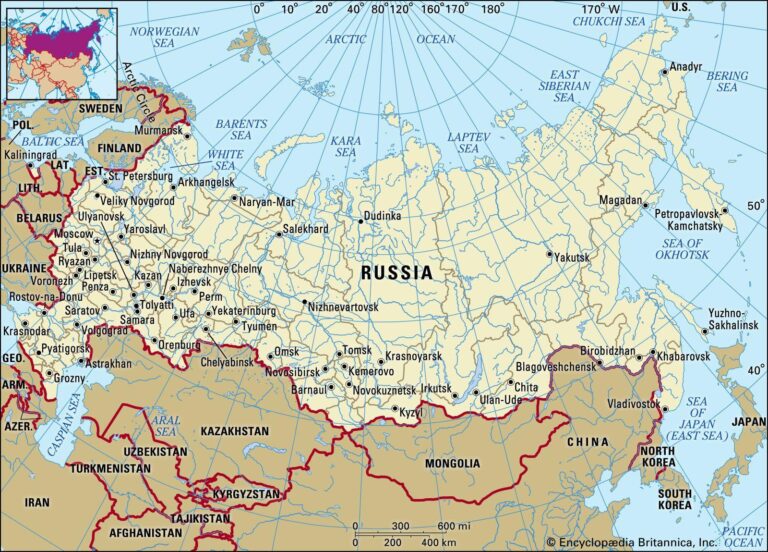Ukrainian President Volodymyr Zelensky has publicly highlighted an emerging shift in Russian President Vladimir Putin’s stance, describing it as a new expression of fear. In a recent statement reported by Online.UA, Zelensky pointed to growing concerns within the Kremlin amid ongoing tensions between the two nations. This development signals a potentially significant change in the dynamics of the conflict, with implications for the future course of the Russia-Ukraine confrontation.
Putin’s Growing Insecurity Revealed in Zelensky’s Latest Comments
Volodymyr Zelensky’s recent remarks have cast a striking light on the shifting psyche within the Kremlin leadership. Speaking candidly about President Putin’s behavior, Zelensky suggested that the once unshakable image of Russian strength is now being undermined by an emerging paranoia. This new anxiety, he argues, stems from the unexpected resilience and unity of Ukraine, which has rattled Russia’s strategic confidence. Observers note that this perceived fear is reflected in Russia’s increasingly aggressive rhetoric and unpredictable military maneuvers.
The implications of this transformation extend beyond mere bravado. Experts have highlighted several key indicators of Putin’s growing insecurity:
- Heightened internal censorship and crackdowns on dissent
- Escalating propaganda campaigns aimed at consolidating public support
- More frequent diplomatic isolation and strained alliances
- Acceleration of controversial military operations despite international pressure
| Indicator | What It Shows | Recent Example |
|---|---|---|
| Internal Censorship | Attempt to control the narrative | Blocking independent media outlets |
| Propaganda Surge | Reinforcement of governmental legitimacy | State TV intensifying anti-Western messaging |
| Diplomatic Strains | International isolation | Suspension from global forums |
| Military Escalation | Deflection of internal discontent | Recent border skirmishes |
Analyzing the Political Implications of Russia’s Shifting Strategy
Putin’s recent tactical adjustments reflect an unprecedented level of caution and uncertainty within the Kremlin. Observers note a shift from aggressive posturing to more defensive strategies, indicating a growing acknowledgment of vulnerabilities. The new approach suggests that Russian leadership is recalibrating its objectives, which could signal internal pressures such as political dissent, economic strain, or eroding military morale. Such recalibration challenges the traditional narratives of unwavering resolve, exposing cracks that may have profound consequences on domestic and international levels.
These changes carry significant implications for the global geopolitical landscape:
- Diplomatic postures may soften as Moscow seeks to avoid further isolation.
- Allied relationships could recalibrate in response to Russian caution, leading to new alliances or friction.
- Internal power dynamics risk shifts, as fear and uncertainty undermine centralized control.
| Strategic Element | Previous Stance | Current Shift | |||||||||||||||||||||
|---|---|---|---|---|---|---|---|---|---|---|---|---|---|---|---|---|---|---|---|---|---|---|---|
| Military Engagement | Assertive, expansive | Cautious, selective | |||||||||||||||||||||
| Public Messaging | Confident, nationalist rhetoric | Measured, defensive tone | |||||||||||||||||||||
International Relations It looks like your table got cut off at the last row. Here’s a completed version of the last row and a full clean version of the table for clarity:
If you want, I can help you expand or analyze other parts of the content. Just let me know! How Western Allies Can Leverage Russia’s Emerging WeaknessWestern allies stand at a pivotal moment as Russia exhibits signs of strategic hesitation driven by internal fears. This emerging vulnerability offers a rare chance to strengthen geopolitical resolve through calculated measures. Key strategies include:
Additionally, coordination among NATO members must prioritize rapid intelligence sharing and joint exercises to deter further Russian provocations. The following table summarizes potential leverage points based on current intelligence assessments:
|




